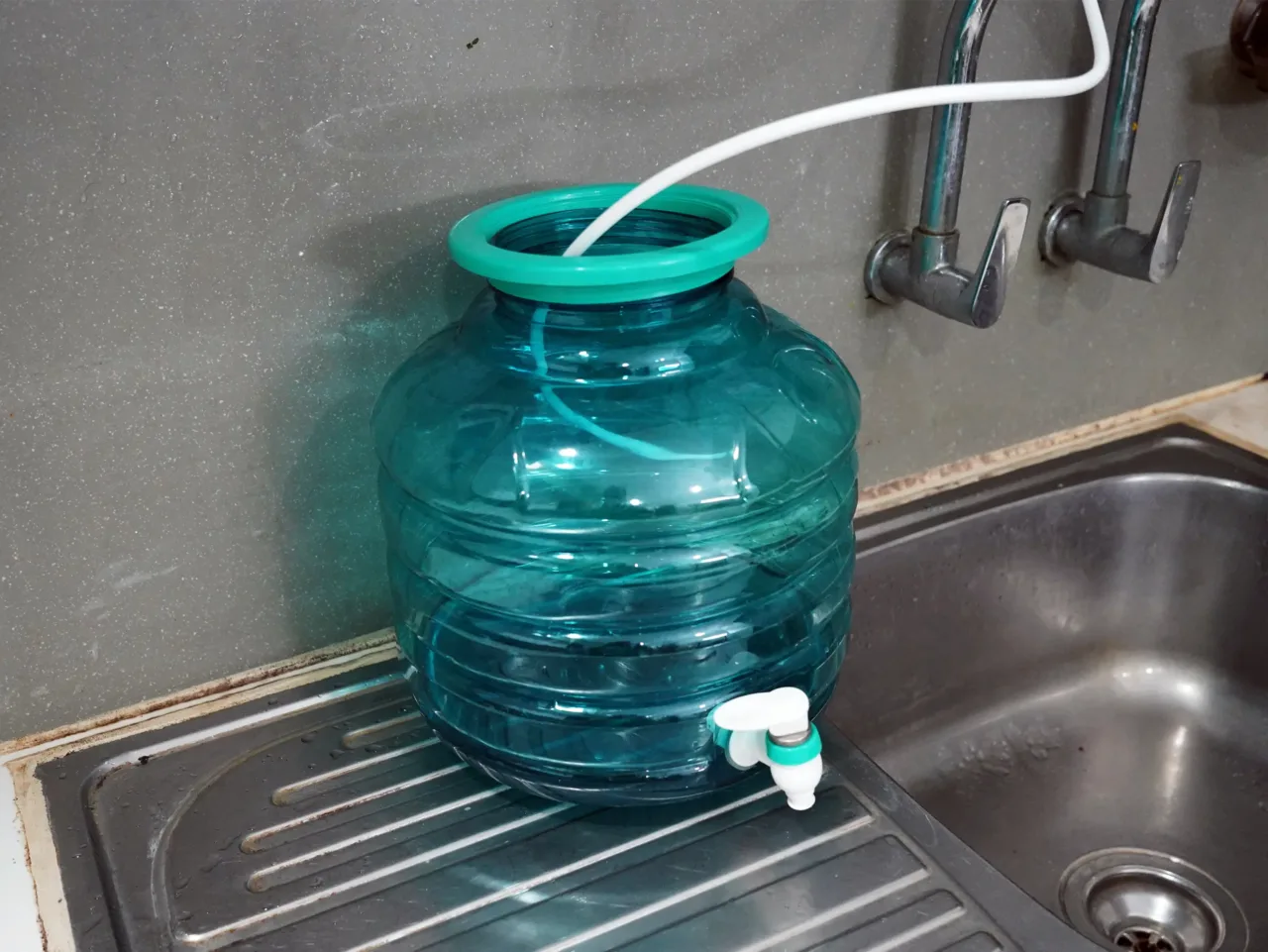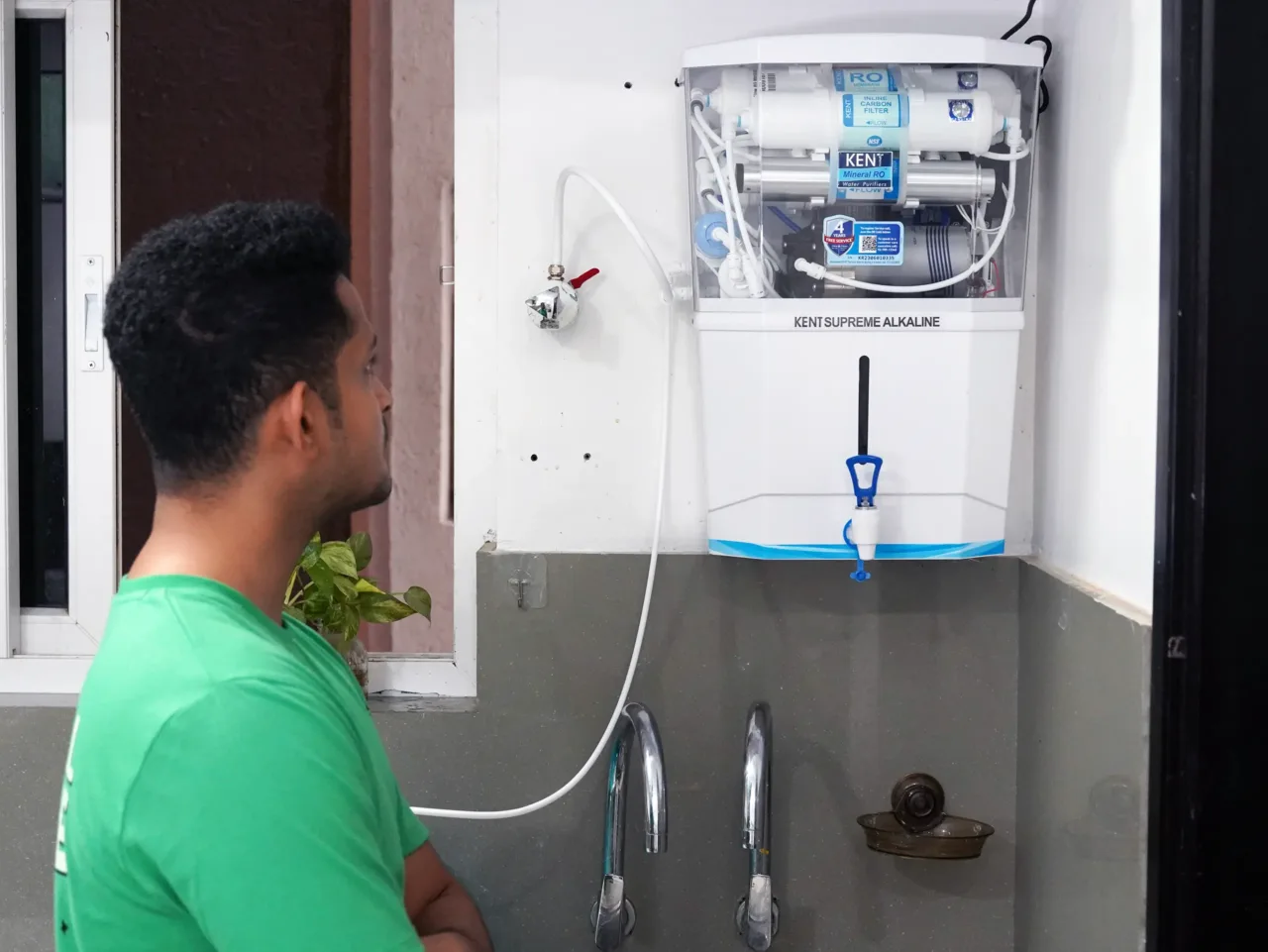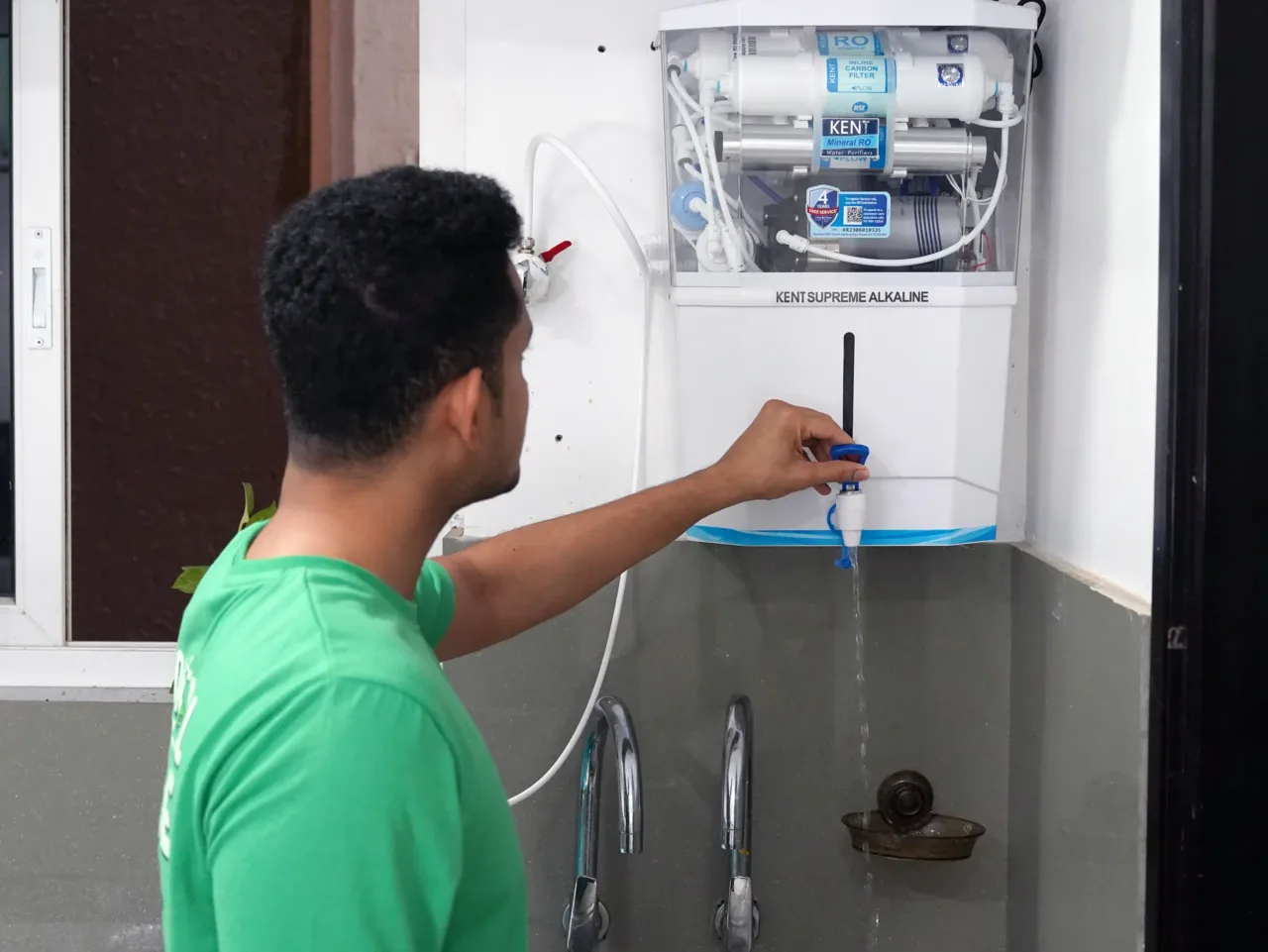Kent has introduced a new feature in its latest RO water purifier models like Supreme Plus, Grand Plus, Pearl, and Prime Plus, where it claims zero water wastage.
Are the claims accurate or misleading? Read on to know more.
RO water purification and water wastage are two sides of the same coin. Water wastage is invariable with the RO water purification process.

Usually, we find that RO water purifiers waste one to one and a half glasses of water with every glass of water they purify. If you use 6000 liters of water annually, the wastage can be somewhere between 6000 to 9000 liters.
Multiply this figure by the number of RO water purifiers in India, and the figure can be mind-boggling. So, what is the solution?
Kent Zero Water Wastage
Let us understand how the principle works because it will give you a better understanding of whether Kent’s claims of zero water wastage are valid.
The question is whether the latest Kent RO machines with Zero Water Wastage technology have an internal process that eliminates all TDS from the source water without discharging rejected water, as in all RO water purifiers. The answer is a big NO because these machines also have a reject water outlet for discharging rejected water with high TDS levels.

So, what is the Zero Water Wastage claim all about?
The Kent Zero Water Wastage mechanism proposes recycling the rejected water through a separate plumbing network into the overhead tank. As a result, the rejected water full of TDS is mixed with the source water and flows back into the plumbing system.
Therefore, the only difference between the Zero Water Wastage machines and the standard RO water purifiers is that the rejected water does not go into the drainage system. If this is called Zero Water Wastage, Kent is correct in claiming that their innovative technology reduces water wastage to zero.
Technically, the rejected water is not drained but recycled into the overhead tank for all households to re-circulate. Nevertheless, the machine wastes water because the percentage of RO-purified water obtained after the process is less than 100% of the source water that enters the machine. This difference is precisely the water wastage percentage we discuss here.
So, how Kent can claim Zero Water Wastage is a question that Kent has been unable to answer satisfactorily.
How do the Kent machines recycle the rejected water?
The installation includes connecting the reject water outlet to the overhead/underground tank through a separate plumbing arrangement.
Does Kent supply the pipes, accessories, and pumps required to send the reject water to its destination? The answer is NO.
So, the user must invest money in purchasing these accessories. An easier option for the user would be to connect the rejected water to a 20L water can and use it for miscellaneous purposes like cleaning floors, bathrooms, watering plants, etc.

The surprising aspect is that the Kent service engineers who visit your home to install the machines are unsure how to set up the plumbing connections. One is that they are not aware of the procedure. Secondly, they do not recommend this installation process.
So how can Kent claim Zero Water Wastage when the machine wastes as much water as other RO water purifiers?
Practical Difficulties
Here are some practical difficulties users face when installing the Kent Zero Water Wastage water purifiers.
- We have already discussed the cost factor that can be substantial, primarily if you reside in high-rise buildings. For example, if you live on the 5th floor of a 10-storey building, you will require over 60 feet of pipes to send the water to the overhead/underground tank. Besides, you will need a separate motor to pump the water to the overhead tank. You can imagine the cost yourselves, especially with Kent not providing any assistance in this matter.
- The second issue pertains to ethics as to whether it will be proper on your part to recycle rejected water with high TDS levels into the common overhead/underground water supply tanks. It can contaminate the water again, which the society authorities can object to. People can argue that the rejected water percentage will be minuscule compared to the quantity of water in the tanks. It is correct, but is it ethical? The answer is NO. Besides, if more people follow suit, the contamination can increase, disadvantaging other occupants.
- The recycling process can work if you live in individual bungalows or duplex apartments where you are the only water consumer. However, you must be willing to incur the installation costs.
- Similarly, the concept will not work if you live in rented accommodation because the landlord will not agree to any additional installations to the property. However, this matter does not affect Kent’s claim of zero water wastage.

So what is the verdict?
From the discussion, Kent’s claim of Zero Water Wastage is a misnomer because the machines waste a substantial quantity of water. However, that does not take away the overall efficiency and performance of the Kent RO water purifying machines.
All the models equipped with Zero Water Wastage technology deliver excellent performances, except ensuring zero water wastage.
Therefore, Kent’s claim of Zero Water Wastage is misleading and can be attributed to a marketing gimmick. Yes. These water purifiers waste as much water as other RO water purifiers do. However, it suggests the solution of recycling the rejected water.

Hence, instead of sending the reject water to overhead/underground water tanks by incurring huge costs, we suggest collecting the reject water in 20L water cans and using it for miscellaneous purposes that do not require purified water.
It summarizes the discussion that Kent’s claim of Zero Water Wastage is misleading.
